Ukraine has established a foothold on the east bank of the Dnieper River, but its forces defending the west bank remain under constant Russian shelling.
Crouched in a pickup truck parked under a tree, Serhiy Ostapenko tried to hide from the rain of shells from Russian forces, even though it was the middle of the night.
"We are shelled 24/7. I can't remember the last time this area was quiet for more than an hour," Ostapenko told CNN in an online interview. The 32-year-old Ukrainian soldier is on the western bank of the Dnieper River, the new front line in the Russia-Ukraine conflict.
Ostapenko was a member of the "Sons of Thunder" unmanned aerial vehicle (UAV) unit, one of the forces mobilized by Ukraine for the operation to cross the Dnieper River.
The Ukrainian army announced on November 17 that it had captured a village on the eastern bank of the Dnieper River, marking a rare major advance in a counteroffensive campaign that has been stalled.
Ostapenko recounts the fighting on the Dnieper River in a video released on November 23. Video: CNN
Ostapenko said his unit was on a mission when the enemy discovered and shelled their position, forcing everyone to seek cover.
"Another shell is coming, I think it's a rocket," the Ukrainian soldier said, followed by a loud explosion.
At 2,200 km long, the Dnieper is the fourth longest river in Europe, originating in Russia, passing through Belarus, Ukraine and emptying into the Black Sea. The river flows through Kherson province, an area that Russia once controlled almost entirely after the conflict broke out.
Last November, the Ukrainian army launched a lightning counterattack and recaptured areas on the west bank of the Dnieper River, including the capital Kherson, pushing Russian forces to the east bank. Russia now controls about 75% of Kherson Oblast.
A year after the incident, the city of Kherson and its surrounding areas were still regularly hit by artillery fire from across the Dnieper River. Up to 1.5 kilometers wide in some sections, the river served as a natural bulwark for Russian troops, allowing them to shell enemy targets on the west bank with little risk of retaliation.
That is why Ukraine has been trying for months to cross the Dnieper. Establishing a bridgehead on the east bank of the river and pushing back Russian forces there would put the city of Kherson further away from artillery range, thereby reducing the risk of shelling.
This also gives Ukrainian forces a springboard to advance further south and close in on the Crimean peninsula, a territory annexed by Russia in 2014.
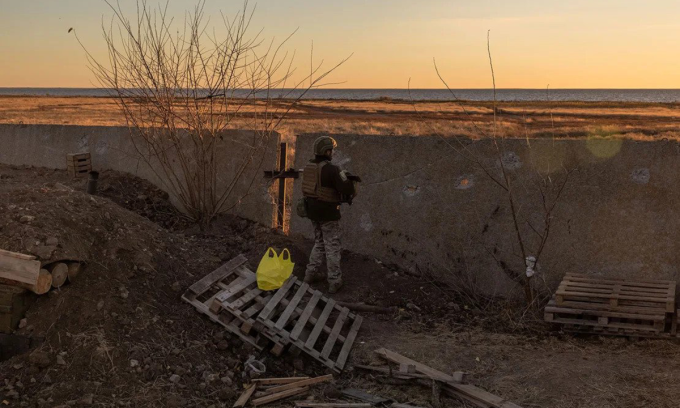
Ukrainian soldiers on guard duty on the west bank of the Dnieper River, Kherson province, on November 6. Photo: AFP
The Ukrainian army said on November 19 that it had advanced another 3-8 km on the east bank of the Dnieper River, two days after establishing a bridgehead there. Ostapenko said Ukrainian forces were continuing to push deeper inside.
"The advance is facing many difficulties. We are trying to accumulate forces on the eastern bank of the river," said the Ukrainian soldier.
According to Ostapenko, Ukraine has established "certain connections" across the Dnieper River, allowing troops on the west bank to transport weapons, ammunition, food and fuel to forces on the east bank.
Ostapenko said his air reconnaissance unit was tasked with supporting his comrades as they crossed the river, monitoring the movements of Russian forces, as well as helping to conceal the locations of Ukrainian soldiers and equipment.
“This is a dangerous mission,” Ostapenko said. “We face a lot of enemy suicide drones every day, as well as attacks from rockets, mortars and tank shells.”
However, the Ukrainian soldier said that the increase in Russian attacks was a good sign, because it showed that the Ukrainian army was "going in the right direction". "We are causing a lot of problems for the enemy and they are trying to fight back," he said.
Many residents of the city of Kherson are not as optimistic as Ostapenko, as their lives have been greatly affected by shelling from Russia.
"It's much scarier when things are quiet than when there's shelling," said Inna Balyoha, 54, a resident of Kherson. "We don't dare turn up the radio volume, we have to keep our ears open to listen to the sounds outside the window so we can react when the shells start falling."
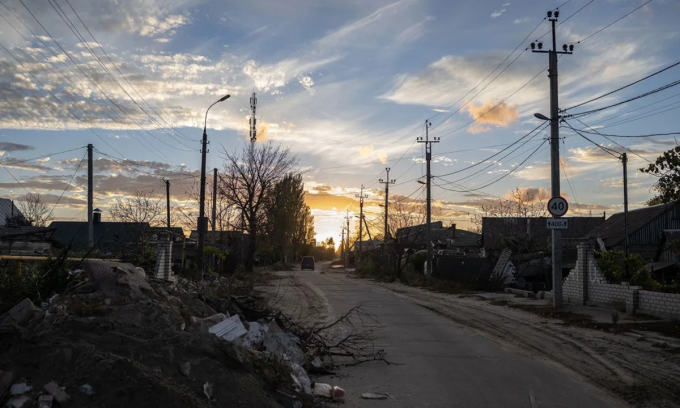
A collapsed building in Kherson province on November 5. Photo: Anadolu
There are now about 73,000 residents in Kherson, less than a quarter of the pre-war population. Balyoha said she could not leave because she had to care for her 4-year-old grandchild and 87-year-old mother.
“One of the first words my grandson learned to say was ‘alarm,’” said Balyoha. “He knew how to react to air raid sirens. If he heard an explosion outside his window, he would hide in a corner in the hallway.”
According to Oleksandr Prokudin, the Ukrainian-appointed governor of Kherson, the number of attacks on the provincial capital has increased sharply over the past month, at times reaching 700 a day.
Balyoha said her family no longer dares to go out for walks, mostly staying indoors to avoid being hit by artillery fire. "Our main task is to survive," she said.
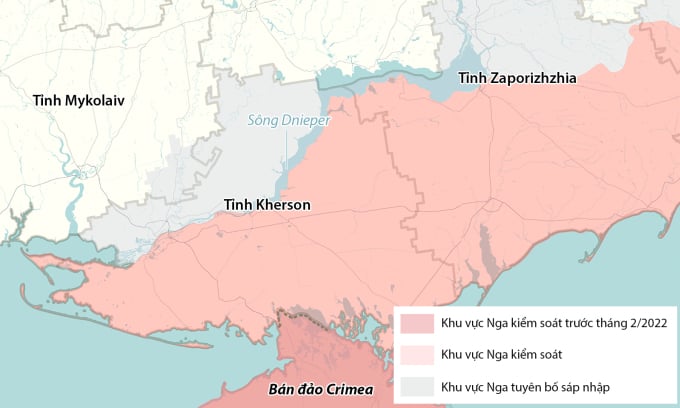
Kherson region and surrounding areas. Graphics: RYV
Pham Giang (According to CNN )
Source link


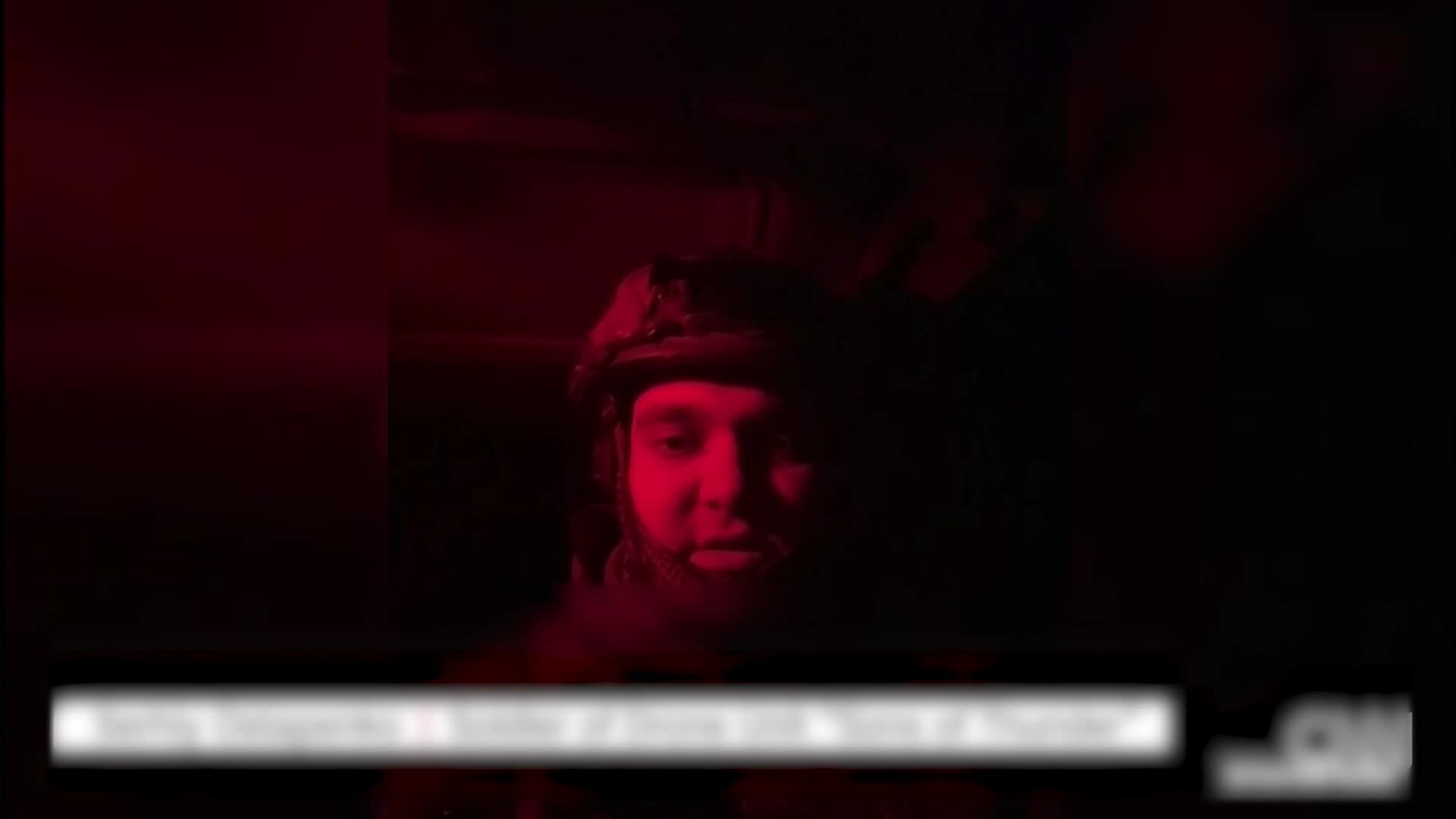


![[Photo] Prime Minister Pham Minh Chinh starts construction of vital highway through Thai Binh and Nam Dinh](https://vphoto.vietnam.vn/thumb/1200x675/vietnam/resource/IMAGE/2025/5/12/52d98584ccea4c8dbf7c7f7484433af5)
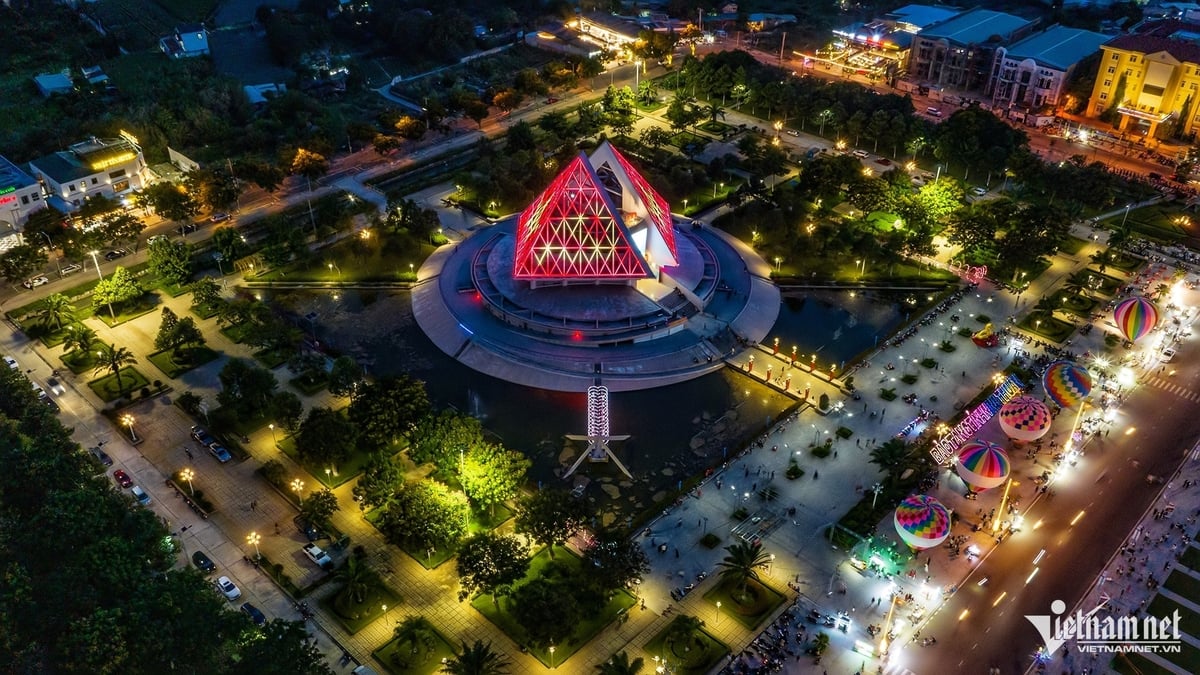
![[Photo] Buddha's Birthday 2025: Honoring the message of love, wisdom, and tolerance](https://vphoto.vietnam.vn/thumb/1200x675/vietnam/resource/IMAGE/2025/5/12/8cd2a70beb264374b41fc5d36add6c3d)
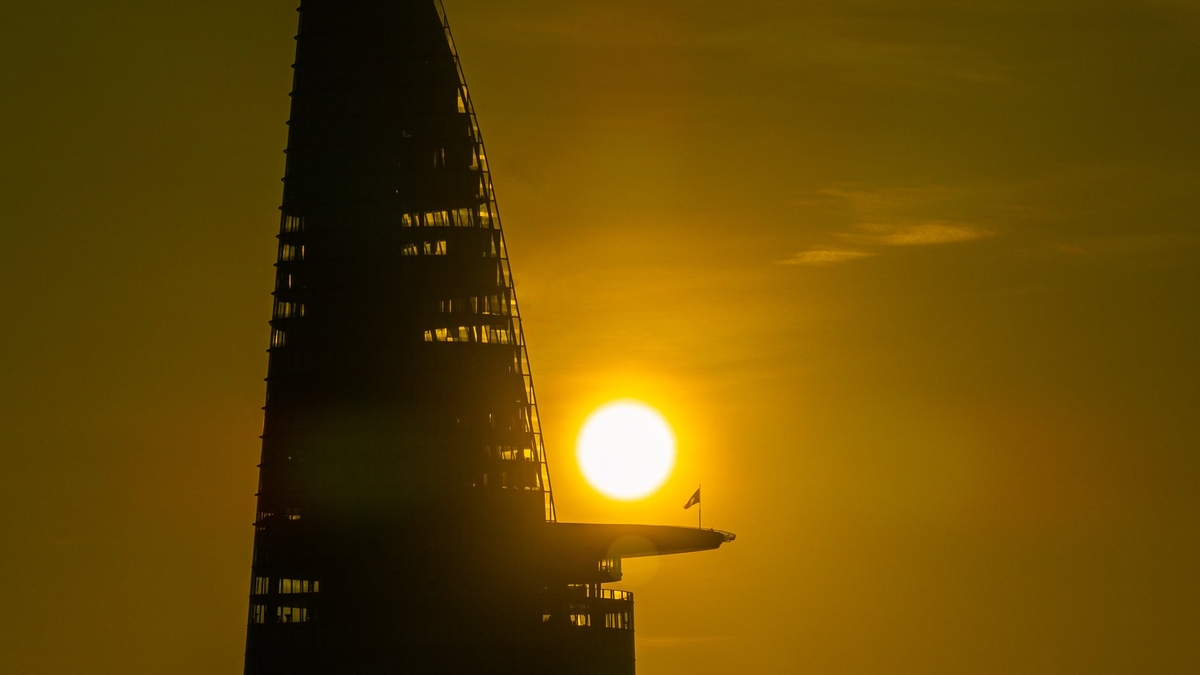






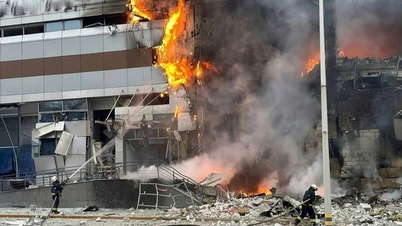



















![[Photo] General Secretary To Lam meets and expresses gratitude to Vietnam's Belarusian friends](https://vphoto.vietnam.vn/thumb/1200x675/vietnam/resource/IMAGE/2025/5/11/c515ee2054c54a87aa8a7cb520f2fa6e)



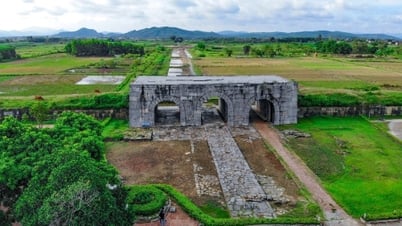





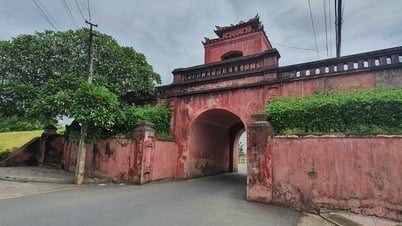




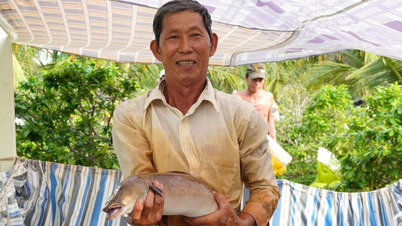























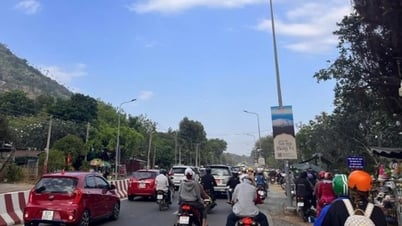

















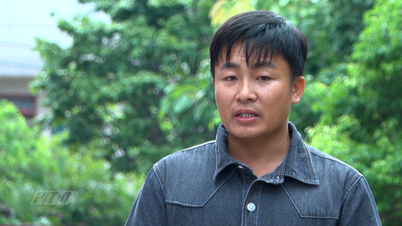






Comment (0)